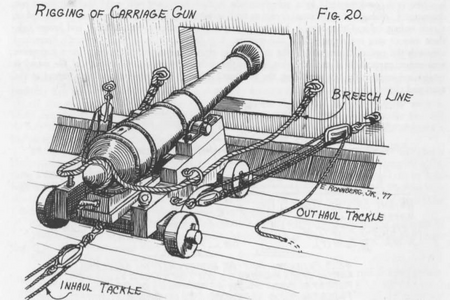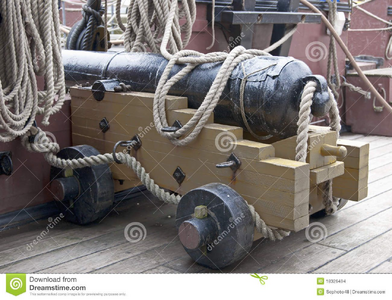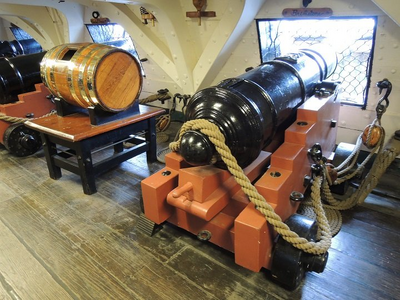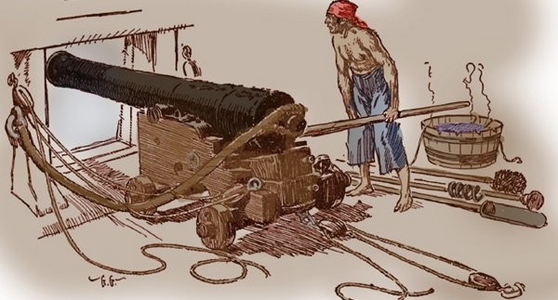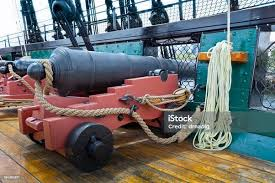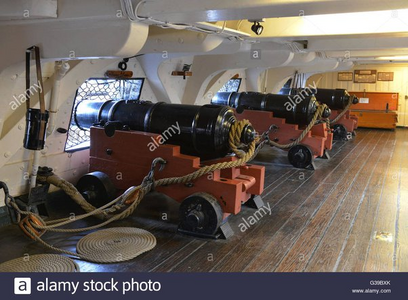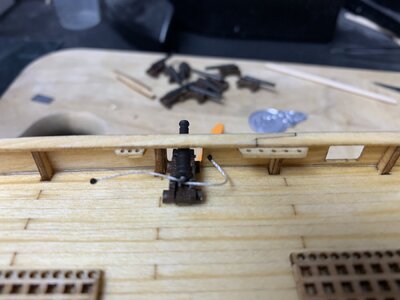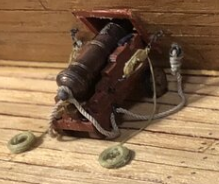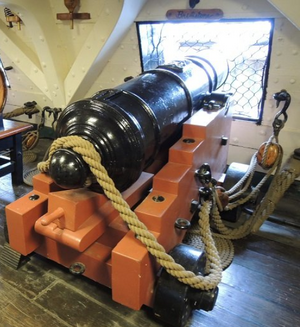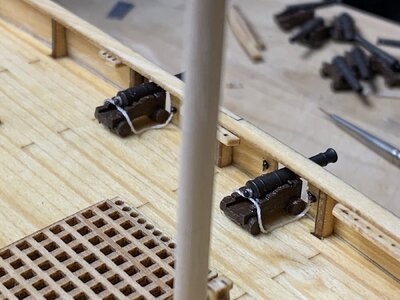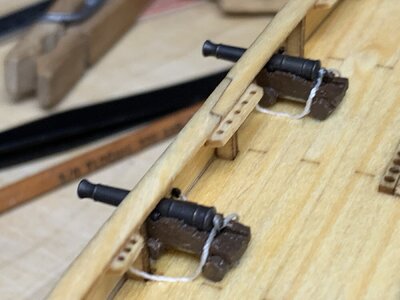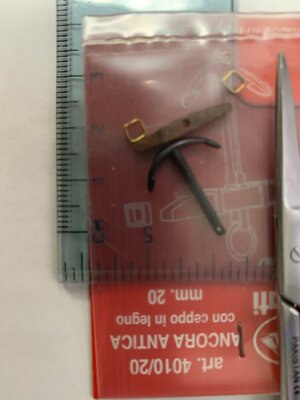And here is the first pass (40mm of breech length overall)Make the breeching ropes long enough such that when the carriage is rolled back, the end of the muzzle is barely inside the bulwark. This allows the cannon crew to be able to swab and reload the cannon.
Example:
View attachment 424154
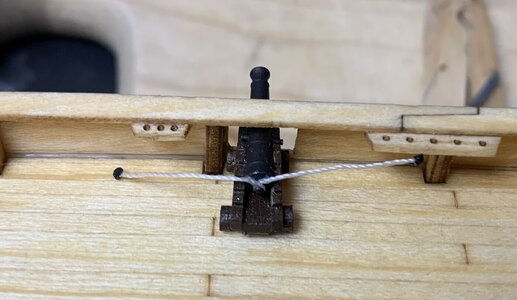
It looks like I need to invert the loop around the cannon?
And for all of you animal lovers!?! This is Tephra (look it up! And yes, it is a magma thing named by my daughter) who was one of four dumped into a local park. The Mrs. spent a couple of days trapping this one. Two of the others were also "rescued" from what she learned. All were obviously house cats that were STARVING in the wild. Teph-teph is a young female that has an appointment to be fixed as soon as her quarantine period is over. Since she had pinworms upon arrival, she has been living alone in the basement WC with me for the past month. But the is GOURGEOUSE! A long hair muted calico!?!?
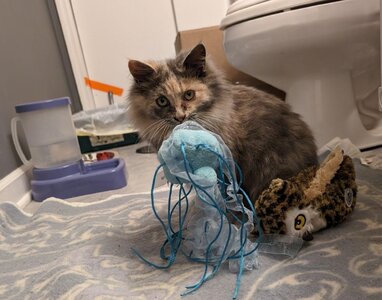
Last edited:






